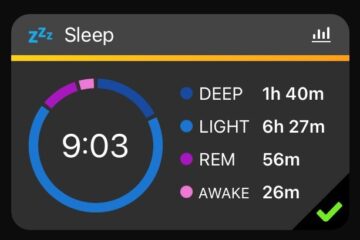COVID-19 has forced changes in the way patients consult doctors. Many of the developments will have lasting benefits, but they all need more research to prove their worth in health care.
Me: “Can you see me OK?”
Him: “Not really, Ali. You look like the Turin Shroud!”
Me: [sarcastically] “Charming!”

The grainy black and white image was my first effort with a webcam nearly 20 years ago. At least the ISDN 128K connection was an improvement on the dings, beeps and whooshes in 56K dial up.
A vision of the future
Writing in The Observer 10 years ago, our then MP Rory Stewart said:
“My neighbour with Parkinson’s has to drive to Newcastle hospital – a four-hour round trip – just to talk to a neurologist.”
Rory could see a future of telemedicine in which:
“Parkinson’s patients could talk to their neurologist by video link without leaving home.”
At the time broadband provision in Cumbria was woeful, especially out in the villages. I joined the campaign to bring fibre optic technology if not to the door, then at least to a nearby green box. Today, apart from a few ‘not-spots’ where broadband is still flaky, most people can get the speeds they need for video conferencing.
COVID-19 has accelerated developments in technology. For example, health professionals can monitor blood pressure remotely via a patient’s smart phone. In theory, the figures wouldn’t be subject to the ‘white coat’ effect where just being in the doctor’s surgery gives a higher blood pressure reading. But I wonder if faffing with the tech will launch a new brand of Luddite hypertension.
In a TED Talk called How COVID-19 transformed the future of medicine, Daniel Kraft says:
“I believe the convergence of many of the accelerating technologies and approaches being catalysed by COVID will bring us from intermittent sick care to an age of continuous proactive health care.”
Developments for Parkinson’s
In The state of telemedicine for persons with Parkinson’s Disease, Robin van den Bergh and colleagues review developments in three promising areas – consultation, monitoring and treatment.
Teleconsultation may be useful for follow ups and be more comfortable and convenient for the patient. Fewer four-hour round trips, for sure. But the review team caution that it is not appropriate for the first diagnostic appointment, where the consultant needs to see you move and do some simple motor tests.
Telemonitoring uses wearable sensors and phone apps to send health data down the line. It relies on patients understanding and using the equipment correctly.
Teletreatment – in the future, people who have deep brain surgery to control tremor may be able to fine-tune the technology remotely.
All of these need further research and controlled trials to show that they improve clinical care.
The digital divide
These marvels of science will only work if the patient:
- has a good broadband connection;
- has compatible hardware and software;
- switches it on; and
- knows what to do with it.
I fear the people most in need of telemedicine are those beyond the digital divide – they have never owned a computer and are too frail to start now. During lockdown they haven’t been able to take advantage of the tech to see family, friends, faith and interest groups. Now Zoom and FaceTime are here to stay, they will keep missing out. It’s up to us to help them connect and to show them how to use the tech in baby steps. Or point them to the IT-savvy volunteers of AbilityNet, who provide free IT support to older people and people with disabilities of any age.
Play > Dr Wanna Do > Caro Emerald
Health professionals might welcome being at Zoom’s length from Caro Emerald’s saucy and over-amorous patient!



1 Comment
Rob · 1 June 2021 at 2:01 pm
Thank you for this blog.
The pandemic has accelerated the digital revolution, including for many older people. People have adapted remarkably quickly.
However, for every article I see about use or potential use of ‘telemedicine’ or ‘telecare’ that I think will be positive, I see at least one where I think “no, that person will need human contact”.
So I think each ‘innovation’ needs to be judged on the answer to: “will this help quality of life?”
But I am afraid that this revolution will be bought into wholesale!